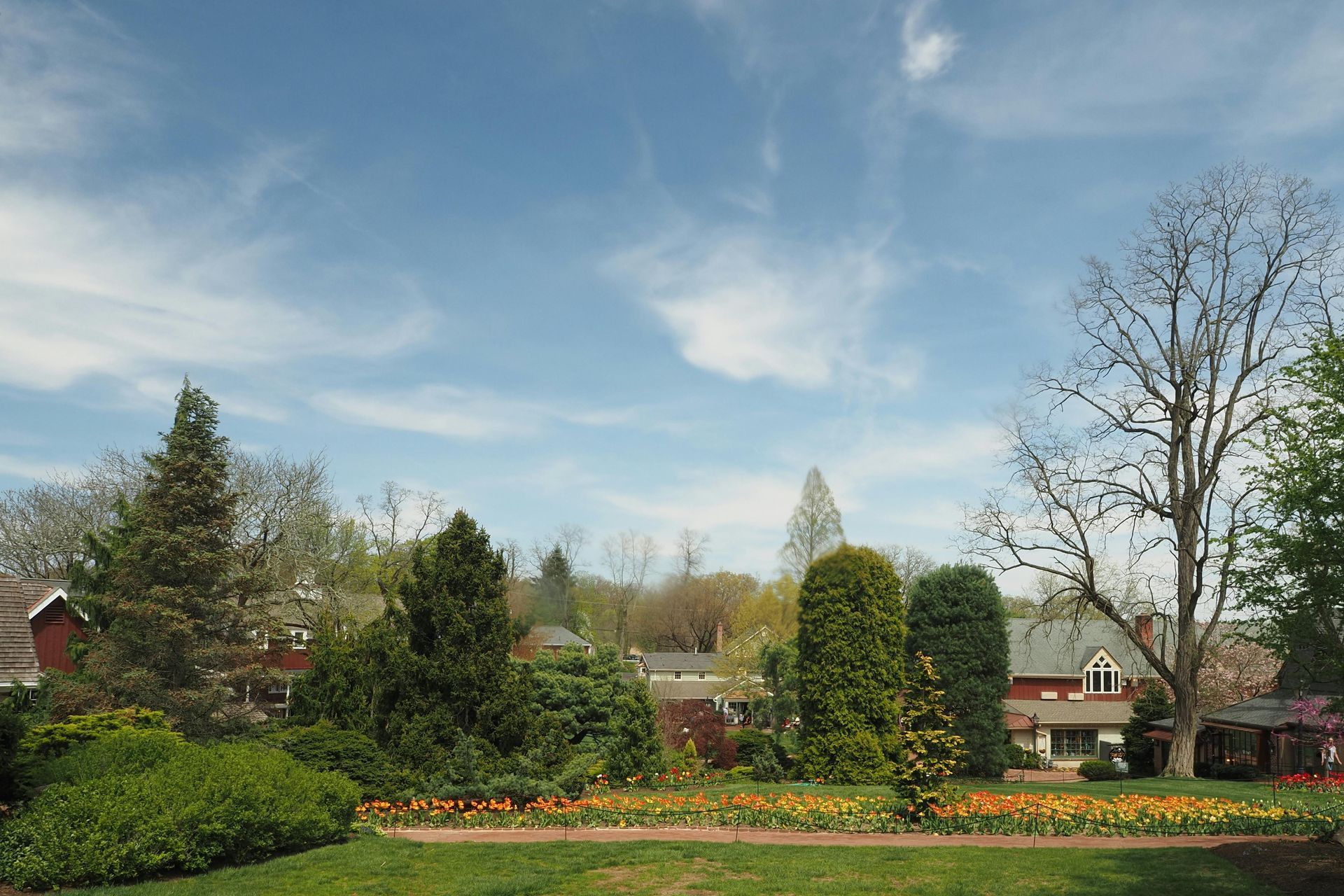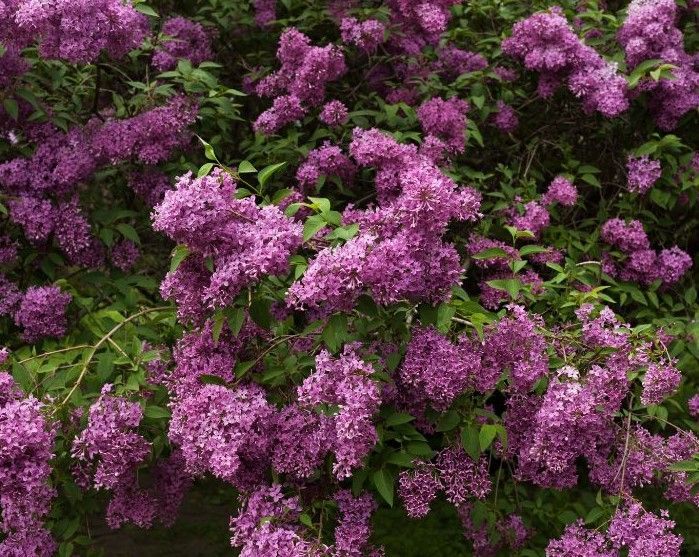The Most Popular Trees for Windbreaks and Shelterbelts
When designing a landscape that stands up to the elements, selecting the right trees for windbreaks and shelterbelts is crucial. These natural barriers not only protect homes and farmlands from harsh winds but also enhance biodiversity and improve soil health. By strategically planting wind-resistant species, homeowners can enjoy reduced energy costs, increased privacy, and a more resilient environment. In this article, we explore the best trees to consider for creating effective windbreaks and shelterbelts, helping you cultivate a landscape that offers both beauty and protection.
What are windbreaks and shelterbelts?
Windbreaks and shelterbelts are rows of trees or shrubs strategically planted to provide protection from wind and its associated effects, such as soil erosion and vegetation desiccation (the amount of moisture lost by the leaves or needles exceeds what can be replaced by the root system). Other reasons are for controlling blowing and drifting snow, saving energy, and adding privacy screens.
The plants you select for this purpose need to be winter hardy and should have a good history of being suitable for the site and soils. They also need to be structurally viable for wind diversion, as some trees act more as sails on a boat rather than a semi-permeable wall. Below we have listed some tree species that could act as a great windbreak.
1. Eastern Redcedar (Juniperus virginiana)
The Eastern Redcedar is a medium-sized evergreen tree with a pyramidal to columnar shape, growing up to 40-50 feet tall. The foliage consists of scale-like leaves that emit a distinct cedar fragrance when crushed. Female trees produce small, bluish-purple berries known as "juniper berries," which are used in various culinary and medicinal applications. Eastern redcedar is hardy and adaptable, thriving in a wide range of soil conditions and climates, including dry, rocky soils and humid environments. Eastern redcedar is valued for its dense foliage and upright growth habit, making it effective for reducing wind speeds and providing adequate shelter from the elements. Planted in rows, it creates effective natural barriers for privacy and noise reduction as well.
The tree establishes quickly and can provide effective wind protection within a few years of planting. Once established, Eastern redcedar requires minimal maintenance, thriving in both rural and urban environments. Eastern redcedar is tolerant of drought, heat, and poor soil conditions, making it suitable for a wide range of climates. It attracts and supports diverse wildlife, contributing to ecosystem health and biodiversity.
Some things to consider:
Although the berries offer benefits to wildlife and can be a great addition to culinary creations, caution should be taken when planting them near buildings or areas where staining is a potential issue. Allergic reactions to Eastern redcedar pollen or foliage may occur in some individuals. To ensure optimal windbreak performance, proper spacing is crucial, often requiring planting in multiple offset rows to achieve maximum wind reduction.
2. Colorado Blue Spruce (Picea pungens)
The Colorado blue spruce typically grows 30-60 feet tall with a spread of 10-20 feet, making it suitable for both suburban and rural landscapes. The dense foliage provides effective wind protection, reducing wind speeds and creating a barrier for crops, gardens, and residential areas. Colorado blue spruce maintains its striking blue color and shape throughout the year, providing visual interest through all four seasons. Its stiff branches and needles help trap snow, reducing drifting and protecting plants from winter damage. The needles are densely packed and sharp, providing excellent ground coverage and protection from harsh wind and drifting snow. It is tolerant of various soil conditions, including clay and alkaline soils, and thrives in full sun to partial shade. Colorado blue spruce is cold-hardy and can withstand harsh winter conditions, making it suitable for northern climates. This tree requires minimal pruning once established, mostly centered around maintaining its natural shape and density.
Some things to consider:
When using the Colorado blue spruce in a windbreak, proper spacing between trees is essential for its effectiveness and the longevity of the trees. These trees are often planted in multiple rows to allow for proper spacing and maximum wind protection. While drought-tolerant once established, young Colorado blue spruce trees require regular watering to establish strong root systems. Some individuals may experience allergies to the pollen produced by male cones.
3. Norway Spruce (Picea abies)
The Norway spruce has a conical to columnar shape with dense, horizontal branches that droop slightly at the tips. They typically grow 60-150 feet tall with a spread of 25-40 feet, making it one of the largest spruce species and a great candidate for wind reduction. The Norway spruce has dense foliage with overlapping branches that create a solid barrier against wind, reducing wind speeds and protecting adjacent areas. Its drooping branches and dense needles help trap snow, minimizing drifting and providing winter protection for plants and structures. A Norway spruce is cold-hardy and can withstand harsh winter conditions; it tolerates a wide range of soil types including clay and loam but prefers well-drained soils. It requires minimal pruning to maintain its natural shape and density.
Some things to consider:
Norway spruce can grow quite large over time, so it’s important to consider its mature size when planning windbreaks. Proper spacing between trees is crucial for windbreak effectiveness and the health of the trees, which are typically planted in multiple rows to maximize wind reduction. While drought-tolerant once established, young Norway spruce trees require regular watering to establish strong root systems.
4. White Pine (Pinus strobus)
White pines typically grow 50-80 feet tall with a straight trunk and a pyramidal crown when young, becoming more irregular with age. Its dense foliage traps snow, reducing drifting and providing winter protection for plants and structures. It has soft, flexible needles that are bluish-green and slender, arranged in bundles of five. These needles help reduce wind speed and turbulence, providing effective protection for nearby crops, gardens, and residential areas. White pine has a deep root system that helps stabilize soils, making it useful for preventing erosion on slopes and vulnerable areas. They prefer well-drained, acidic soils but can tolerate a range of soil conditions, including sandy and loamy soils.
Some things to consider:
White pines require adequate spacing between trees to allow for proper growth and windbreak effectiveness. Regular pruning may be necessary to maintain a balanced crown and remove dead or diseased branches. The White pine is susceptible to certain pests and diseases, including pine wilt disease and white pine blister rust, which can affect tree health in some regions.
5. American Arborvitae (Thuja occidentalis)
Also known as Eastern arborvitae, the American arborvitae typically grows 20-40 feet tall with a narrow, conical to pyramidal shape. The tall, narrow form of American arborvitae makes it an ideal choice for privacy screens and hedges, offering year-round privacy and noise reduction. Its dense foliage helps trap snow, minimizing drifting and providing winter protection for plants and structures, and provides effective wind protection, reducing wind speeds and creating a barrier for gardens, landscapes, and residential areas.
American arborvitaes prefer moist, well-drained soils but can tolerate a range of soil types, including clay and sandy soils. It can be planted in single or multiple rows to create a dense windbreak or screen, depending on the desired level of protection and privacy. Additionally, they require minimal pruning to maintain their shape and density, making it a low-maintenance option for windbreaks and screens.
Some things to consider:
American arborvitae require proper spacing to maximize windbreak effectiveness and ensure healthy growth patterns. Young American arborvitae may require regular watering to establish strong root systems. Regular pruning or trimming may be necessary to manage height and maintain desired density.
6. Scotch Pine (Pinus sylvestris)
The Scotch pine typically grows 30-70 feet tall with a broad, irregular crown and distinctive orange-red scaly bark on the upper trunk and branches. It grows quickly and establishes a dense canopy that provides effective wind protection, reducing wind speeds and sheltering crops, gardens, and buildings. Its strong, flexible branches can withstand high winds and heavy snow loads, making it a reliable choice for windbreaks in harsh climates. Scotch pines are highly adaptable to a variety of soil types, including sandy, loamy, rocky, and clay soils, and can thrive in both acidic and alkaline conditions. Scotch pines are drought-tolerant once established, requiring minimal irrigation, which is beneficial in areas with limited water resources. Scotch pine’s extensive root system helps stabilize soils and prevent erosion, making it useful for protecting slopes and other vulnerable areas.
Some things to consider:
When using the Scotch pine as a windbreak, they may require periodic pruning to maintain its shape and remove dead or diseased branches. While generally hardy, Scotch pine can be susceptible to certain pests and diseases, such as pine wilt nematode and needle blight, requiring regular monitoring and management. Proper spacing between trees is important to ensure healthy growth and maximize windbreak effectiveness.
7. Bur Oak (Quercus macrocarpa)
The Bur oak typically grows 70-80 feet tall, with some specimens reaching up to 100 feet. It has a broad, spreading crown and massive trunk. It forms a dense, wide-spreading canopy that effectively reduces wind speed and provides shelter for crops, gardens, and buildings, and offers significant shade, reducing temperatures and creating a comfortable environment for outdoor activities. The bark is thick, gray, and deeply ridged, providing significant protection against fire and environmental stress. Bur oak is highly adaptable and can thrive in various soil types, including sandy, loamy, and clay soils. Bur oak is highly drought-tolerant once established, making it an ideal choice for windbreaks in areas with low water availability. Its deep root system allows it to access water from deep soil layers, maintaining growth and health during dry periods. Bur oak’s extensive root system also helps stabilize soil and prevent erosion, making it useful for protecting slopes and other vulnerable areas.
Some things to consider:
Bur oaks require ample space to accommodate its large size and spreading canopy, making it more suitable for larger properties and rural areas. While bur oak is relatively slow-growing, its longevity and resilience make it a worthwhile investment for long-term windbreaks. Bur oaks will require regular maintenance and pruning to ensure the health and strength of the windbreak in the long run.
Conclusion
When planning a windbreak or shelterbelt, it's essential to consider the specific needs of your site, including soil conditions, climate, and the purpose of the windbreak. A diverse mix of tree species often enhances the effectiveness of the windbreak and provides additional ecological benefits. Consulting with a local arborist can help you choose the best trees for your specific conditions and goals.
Check out the latest...








